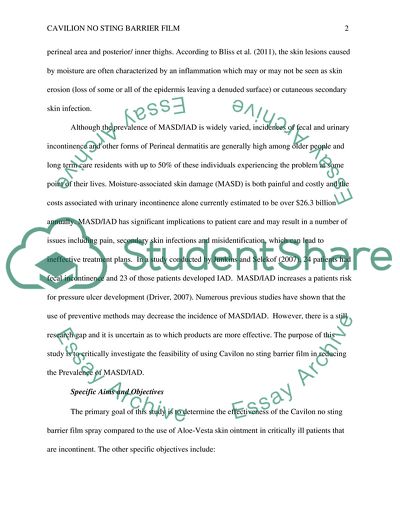Cite this document
(“A comparison of two products to decrease the incidence of MASD/IAD Essay”, n.d.)
A comparison of two products to decrease the incidence of MASD/IAD Essay. Retrieved from https://studentshare.org/nursing/1676212-a-comparison-of-two-products-to-decrease-the-incidence-of-masdiad
A comparison of two products to decrease the incidence of MASD/IAD Essay. Retrieved from https://studentshare.org/nursing/1676212-a-comparison-of-two-products-to-decrease-the-incidence-of-masdiad
(A Comparison of Two Products to Decrease the Incidence of MASD/IAD Essay)
A Comparison of Two Products to Decrease the Incidence of MASD/IAD Essay. https://studentshare.org/nursing/1676212-a-comparison-of-two-products-to-decrease-the-incidence-of-masdiad.
A Comparison of Two Products to Decrease the Incidence of MASD/IAD Essay. https://studentshare.org/nursing/1676212-a-comparison-of-two-products-to-decrease-the-incidence-of-masdiad.
“A Comparison of Two Products to Decrease the Incidence of MASD/IAD Essay”, n.d. https://studentshare.org/nursing/1676212-a-comparison-of-two-products-to-decrease-the-incidence-of-masdiad.


